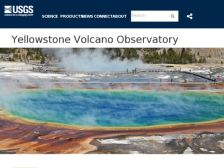Browse Resources
(18 classifications) (19 resources)
| Alaska
(1)
Arctic Ocean (1) California (1) Canada (1) Computer network resources (3) Computer simulation (1) Europe (1) Iceland (1) Italy (1) |
Japan
(2)
Observations (14) Oregon (1) Philippines (1) Remote-sensing images (1) Research (16) Study and teaching (14) United States (1) Washington (State) (4) |
Resources | ||||||||||||||||||||||||||||||||||||||||||||||
|---|---|---|---|---|---|---|---|---|---|---|---|---|---|---|---|---|---|---|---|---|---|---|---|---|---|---|---|---|---|---|---|---|---|---|---|---|---|---|---|---|---|---|---|---|---|---|
| ||||||||||||||||||||||||||||||||||||||||||||||
| ← Previous | ||||||||||||||||||||||||||||||||||||||||||||||




